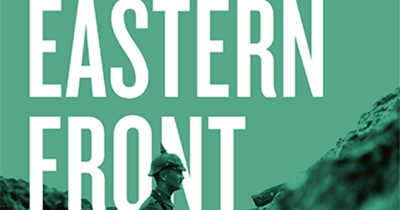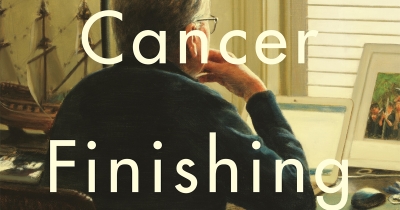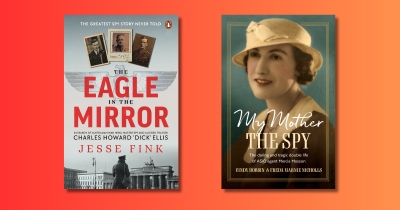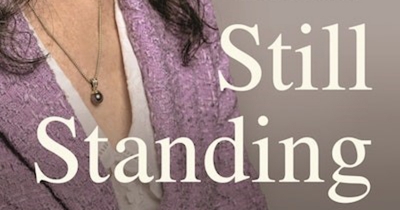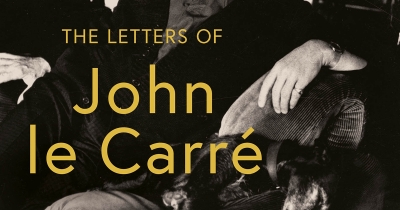Viking
The Eastern Front: A history of the first world war by Nick Lloyd
by Michael McKernan •
Until August by Gabriel García Márquez, translated by Anne McLean
by Alice Whitmore •
The Cancer Finishing School: Lessons in laughter, love and resilience by Peter Goldsworthy
by Michael Shmith •
The Nature of Honour: Son, duty-bound soldier, military lawyer, truth-teller, father by David McBride
by Kevin Foster •
The Eagle in the Mirror by Jesse Fink & My Mother the Spy by Cindy Dobbin and Freda Marnie Nicholls
by Michael Sexton •
A Private Spy: The letters of John le Carré edited by Tim Cornwell
by Michael Shmith •

